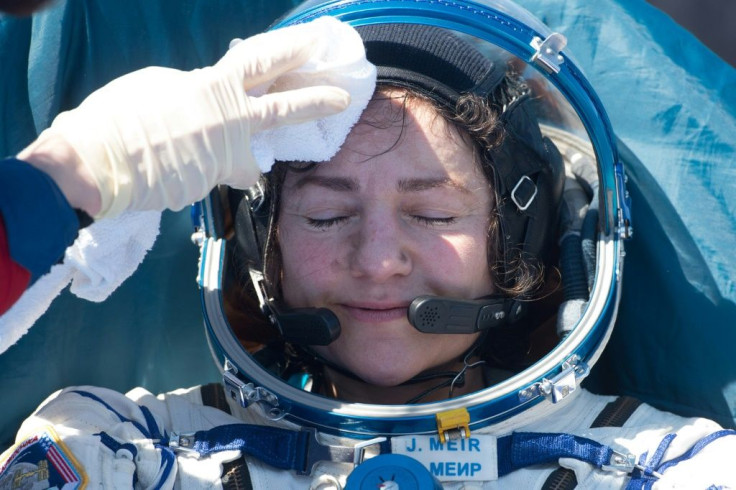ESA Astronaut Recruitment 2021: Here's How To Apply
KEY POINTS
- The European Space Agency is in search of new astronauts for the first time in over a decade
- Vacancy notices for astronaut and astronaut (with a physical disability) have been posted on its website
- Applications must be submitted before May 28
The European Space Agency has opened its doors for aspiring astronauts after more than a decade. For those who dare to reach for the stars, this opportunity might be for you.
Vacancy notices for the roles of "Astronaut" and "Astronaut (with a physical disability)" have been posted on the ESA's site. According to the space agency, the applications must be submitted before May 28.
To apply, applicants must create an account and upload the necessary documents for screening. Requirements, as well as other important information, are specified in the ESA's Astronaut Applicant Handbook.
Important Dates
The process of selection can be expected to take about a year as it involves extensive and strenuous tests. Applicants will be informed at the end of every stage whether or not they have qualified to proceed to the next one.
Here's a brief timeline of the whole astronaut selection process, according to the ESA:
- March 31 to May 28 - Application period
- May to June - Screening of applications
- July to November - Psychological test series
- January to April 2022 - Practical and psychometric testing
- May to July 2022 - Medical selection
- July to September 2022 - First round of interview
- September 2022 - Second round of interview
- October 2022 - Appointment and announcement
Requirements
Other than the traits and skills expected of ESA astronauts (physical proficiency, flight operations, underwater training, teamwork skills and more), other physical and mental conditions are also taken into consideration. These include:
- A height between 150 and 190 centimeters (around 5 feet and around 6 feet, 2 inches) - Applicants under 130 centimeters (4 feet, 2 inches) are still eligible to apply for the vacancy in "Astronaut (with a physical disability)"
- A normal BMI - A normal Body Mass Index is to be required for applicants, as defined by the World Health Organization
- Visual Acuity - Clear vision is a must for astronauts. Visual acuity of applicants should be in line with the requirements for private pilots
- The hearing capacity of at least 25 decibels or better - Accurate communication even amid a noisy environment is crucial
If you meet the minimum requirements and want to join Europe’s journey into space, this is your chance to apply in ESA's #AstronautSelection.
— ESA (@esa) May 5, 2021
Make #YourWayToSpace here 👉 https://t.co/abdXjWI34u#ESArecruits pic.twitter.com/QRygNoL1b2
Training
Astronaut training consists of three very vigorous phases. Each phase entails its own set of challenges to ensure that astronauts are well-equipped with the knowledge and skills needed to perform effectively even beyond the planet.
- Basic Training - After recruitment, astronauts will immediately undergo a year-long training at the European Astronaut Center in Germany. It is during this phase where they are taught about a wide range of systems and how to operate them. Basic training also includes honing astronautic skills and learning the Russian language, together with performance training and learning survival skills.
- Pre-Assignment Training - The pre-assignment training can be expected to be more detailed as it will teach astronauts more specific functions, including robotics, navigation, spacewalks and resource and data operations. Astronauts in training will also begin to perform support tasks for ongoing missions.
- Increment Training - The final stage of the whole astronaut training will last about one and a half years. Skills and knowledge from the preceding stages are now applied to the experiment program. It is during this stage where astronauts learn about the scientific background of research equipment as well as how to operate each of them when performing experiments.

© Copyright IBTimes 2024. All rights reserved.





















